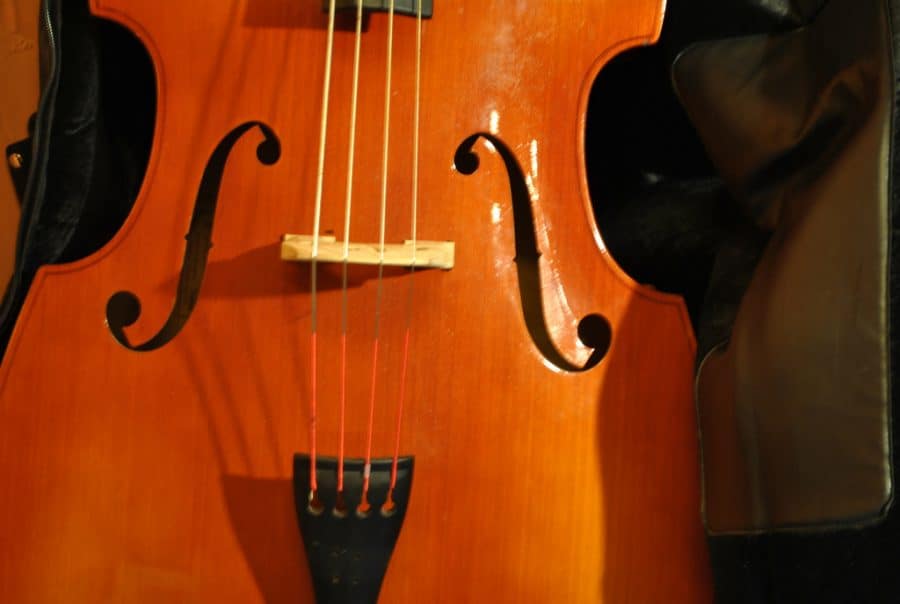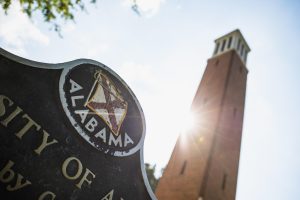European folk jazz is the product of cultural exchange
February 8, 2019
Good guitarists have been exalted in Western popular music throughout the 20th century. With the advent of rock ‘n’ roll, a guitar solo can mean the difference between a hit and a flop.
But the standard we use to judge these guitarists is a low bar for those familiar with European folk jazz. The instrumentalists of that style are far more technically skilled than any heard in mainstream music, yet they have a miniscule fraction of the renown.
I know the name of the genre is a bit of a curveball. Perhaps it’s best to start at the beginning.
It was 1934. A 24-year-old Romani man named Django Reinhardt was a fresh face in the Parisian music scene. Reinhardt had been playing the banjo-guitar since he was 12, making a living for himself in various French towns.
When he was 18, a fire in his wagon caravan left him badly burned, resulting in the loss of function in his left ring and pinky finger. But Reinhardt was not discouraged from his music. He adapted his playing style to his injury, using only two fingers for melody, and the immobile fingers for barre chords.
In the six years since that accident, Reinhardt had discovered American jazz from the records of Duke Ellington and Louis Armstrong. By 1934, he had formed the Hot Club, a quintet that blended the styles of Romani folk music and classic jazz.
The band broke up as the members began to pursue other subgenres of music by the late 1940s. However, a new generation of artists took up the style in the late 20th century, creating a wealth of songs that display technical skill unseen in other music.
Dedicated to the example of Reinhardt’s musical trailblazing, many groups name themselves after their genre’s creator. Several cities around the world have their own Hot Clubs, including New York City, Chicago, San Francisco, Lisbon, Portugal, and the country of Norway.
The setup is relatively simple. Two acoustic guitars, one rhythm and one lead. A violinist and an upright bass. Perhaps an accordion or a clarinet to augment lead lines or countermelodies. The less traditional groups may use a drum set or a piano.
Of course, this isn’t the only way to organize the instrumentation. Several groups, like Pearl Django, use an electric pickup and amp for their lead guitarist. The Rosenberg Trio, a Dutch Romani band, doesn’t shy away from vocals in their songs.
Each piece is built around a common jazz structure: play through the song once, trade solos among the various instruments, then end with countermelodies and embellishments on the refrain. Solos are characterized by quick scale runs and leaping arpeggios, punctuated by ornamented melodic sections.
In keeping with Reinhardt, the guitarists are the best in the world. Biréli Lagrène and Jimmy Rosenberg are two of the best, playing insanely fast while still producing an expressive sound. But each group has its own guitarists who must meet the high standard of the genre, resulting in a plethora of musicians who are incredibly skilled.
A rich cultural exchange is responsible for the creation of European folk jazz. One man and his quintet blended the music of their upbringing with the sounds of American jazz to create a wholly original style. Traditional musettes and waltzes blend with pieces from the Great American Songbook to form the vast repertoire. Reinhardt’s influence even reached back across the Atlantic to artists like Willie Nelson and Jerry Garcia.
If you find yourself in need of new music, start with the musicians mentioned in this article. Each artist will lead you to another, until you’ve discovered what European folk jazz has to offer.
And if you’re like me, you might even be able to imagine yourself walking in a European city, hearing the sounds of 1934 drifting through the crowded streets.





















